Background
The D700 is a phenomenal camera. It produces completely clean images at ISO 1600 and the dynamic range and color rendering are so pleasing that for the first time since beginning with digital photography, I am unreservedly happy with the camera I am using.
But it is neither small nor light. In comparison, the D60 is both small and light, particularly with the 35mm f1.8 AF-S lens. For a ‘carry anywhere camera’, these are desirable qualities.
If the D60 suffers from any fault compared to the D700 it is the limited dynamic range. But how would it compare purely in terms of image quality at ISO 1600?
Setting Up
The subjects of this test were a lettuce and a carnation, and they were very cooperative – not making so much as a squeak during the shoot.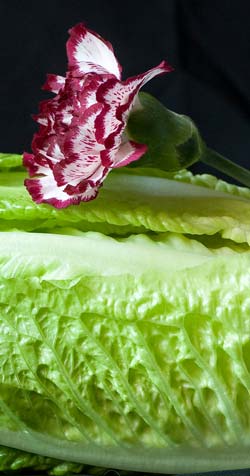
I set them up against a black cotton sheet on the kitchen counter, with the carnation balanced on the lettuce.
The cameras were set one after the other on the counter top to avoid camera shake while I took the shots.
The scene was shot in daylight, illuminated by light from the window, so there was quite a strong light fall-off across the image and strong shadows in the area below the head of the carnation.
The lenses were a 50mm f1.8 lens on the D700 and a 35mm f1.8 lens on the D60 so the field of view was similar for both photographs as noted in this earlier article here comparing image quality under controlled lighting. I shot Aperture Priority with the same settings for both cameras.
And of course I set the ISO to 1600. I have already discovered that the D700 is better at IDO 1600 than my old D200 was even at ISO 100.
The D60, although it is a small entry-level camera, is better in terms of color saturation and noise than the D200. So the question was, how did it compare to the D700 at high ISO?
I processed both shots in Adobe Camera Raw and applied the same sharpening settings to both. The sharpening settings were as follows. Amount: 100, Radius 1.5, Detail 15, Masking 85.
It may be that if I had applied different settings to each of the photographs I could have pulled the ‘optimum’ image out of each of them, but I am not sure it would have made much difference.
I looked at the two images side by side at 100% on screen and I could easily see that the colors in the photograph from the D700 were noticeably more saturated. The lack of noise in the D700 was obvious as well.
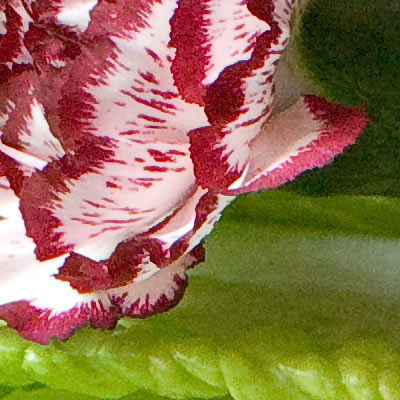
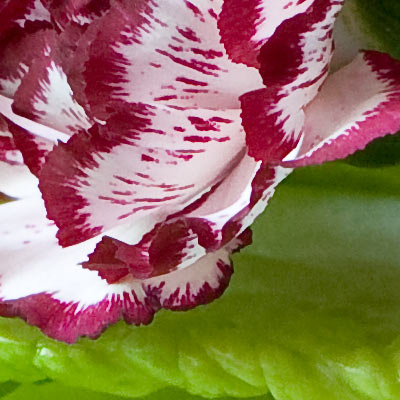
The differences are clear enough on this part of the image.
Shadow Areas
Looking at the sepals and the receptacle (the area below the petals) of the carnation, at first it looked to me as though noise reduction had been applied to the D700 image because it seemed less detailed than the image from the D60.
Depth Of Field
Perhaps there was another reason, however. As I said earlier, I balanced the carnation on the lettuce. I placed the carnation so that it and the lettuce were more or less in the same plane – thus minimizing any depth of field problems. I shot at f7.1 but particularly at this short distance, and bearing in mind that the D700 has a full-frame sensor, the depth of field will not be the same for the two camera-lens combinations.
Using Bob Atkins’ depth of field calculator, I calculated that the depth of field for the D700 was 6cm (2.3 inches) and for the D60 it was 10cm (4 inches).
Therefore this part of the image from the D700 might have looked like there was more noise reduction, whereas it might have been less sharp simply because it was not in focus.
I eventually decided it was that the color was very dense and there was less variation in the D700 image than there was in the D60, where the image was breaking up. What do you think?
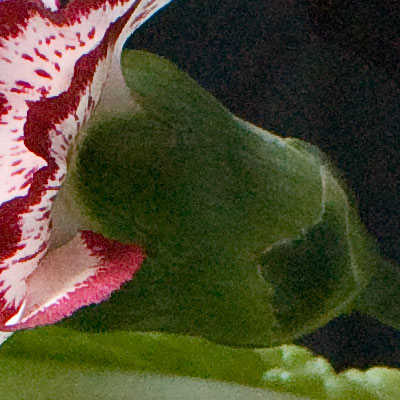
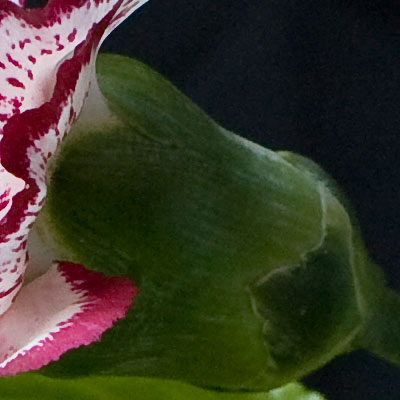
What I mean about the image breaking up in the D60 is that there were areas of pixelation – there were even areas where there was more or less nothing recorded.
That doesn’t mean the photograph looked bad. Viewed on screen at lower magnification, it just looked a little washed out compared to the image from the D700.
Perhaps the break up of the detail of the image could be offset to some degree by boosting saturation.
Conclusion
Here below are crops of the another part of the image, where everything is definitely within the zone of sharp focus, and the results are very obvious. Please join in the conversation and let me have your feedback.
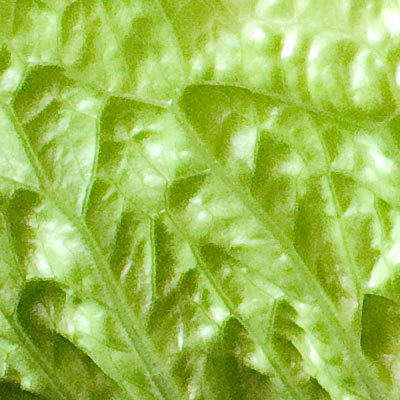
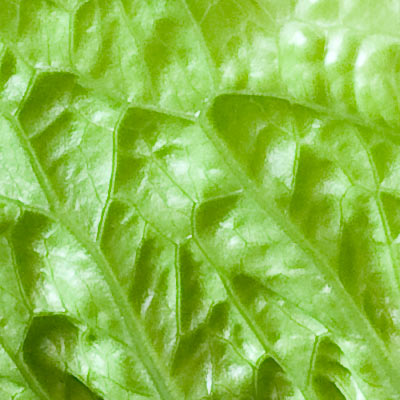
We have changed the look of ecard communications.
Connect With Quality – See Our Festive and Seasonal Ecards.